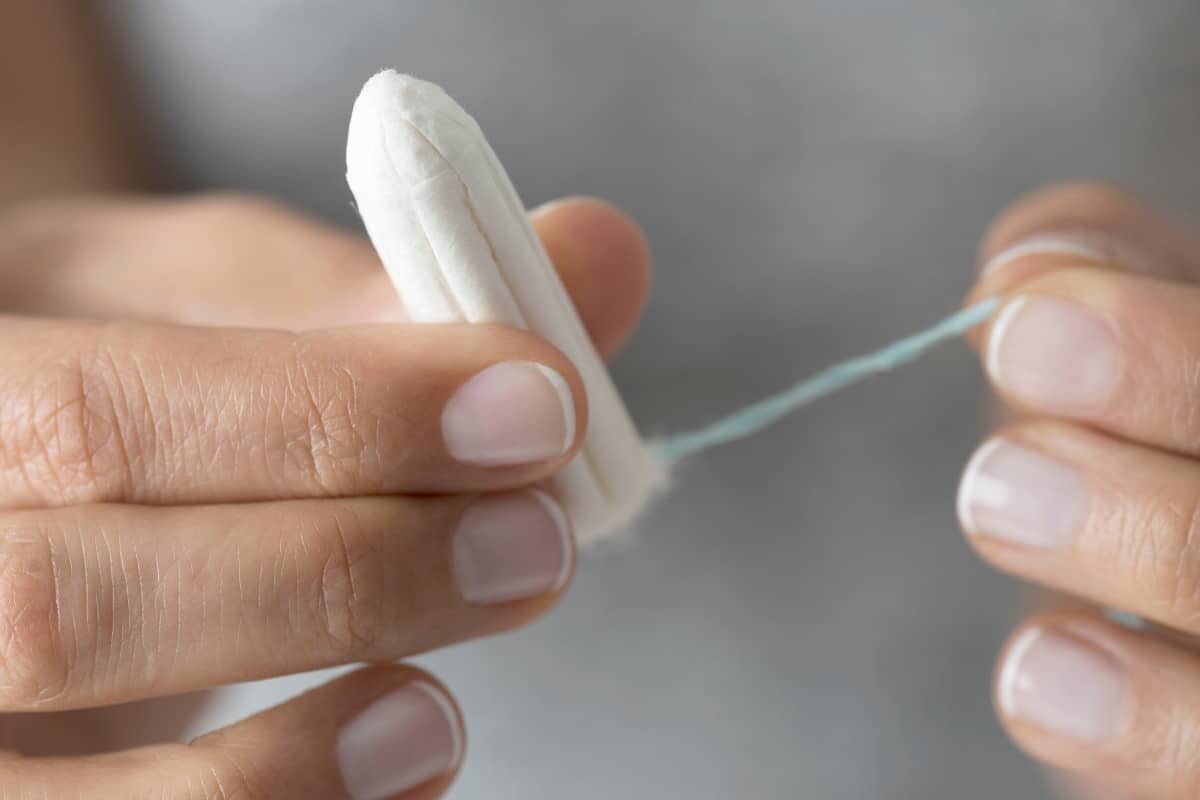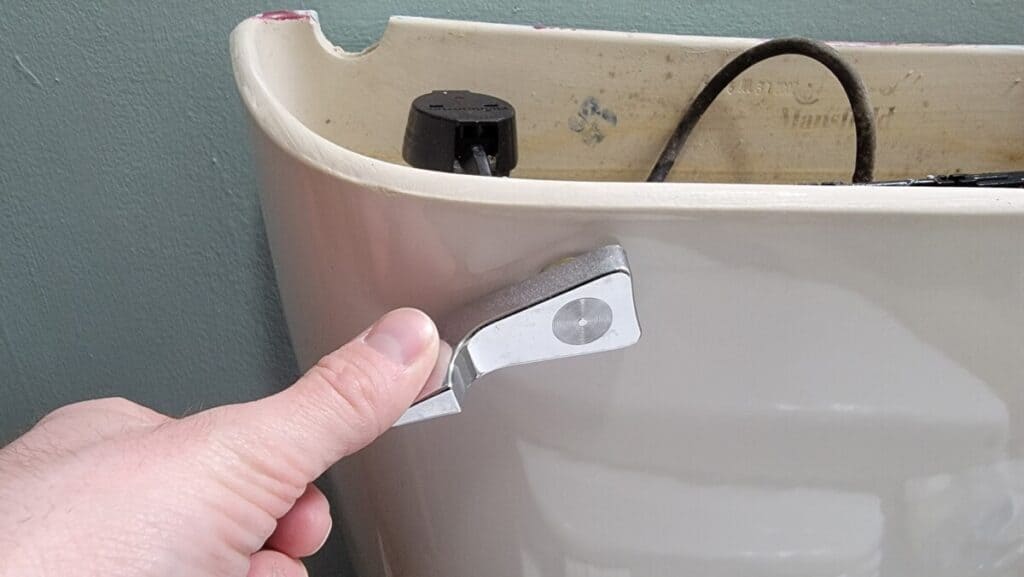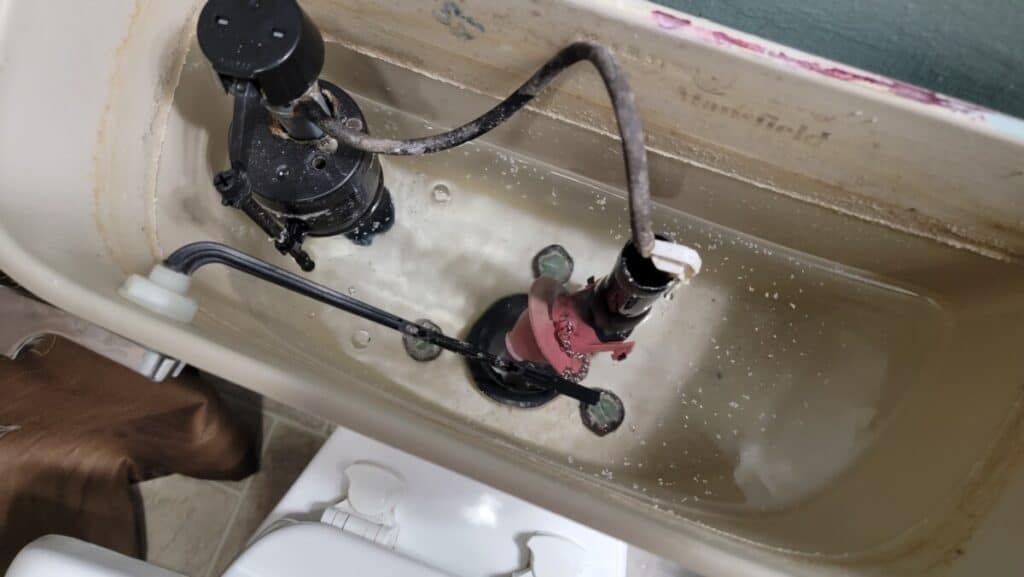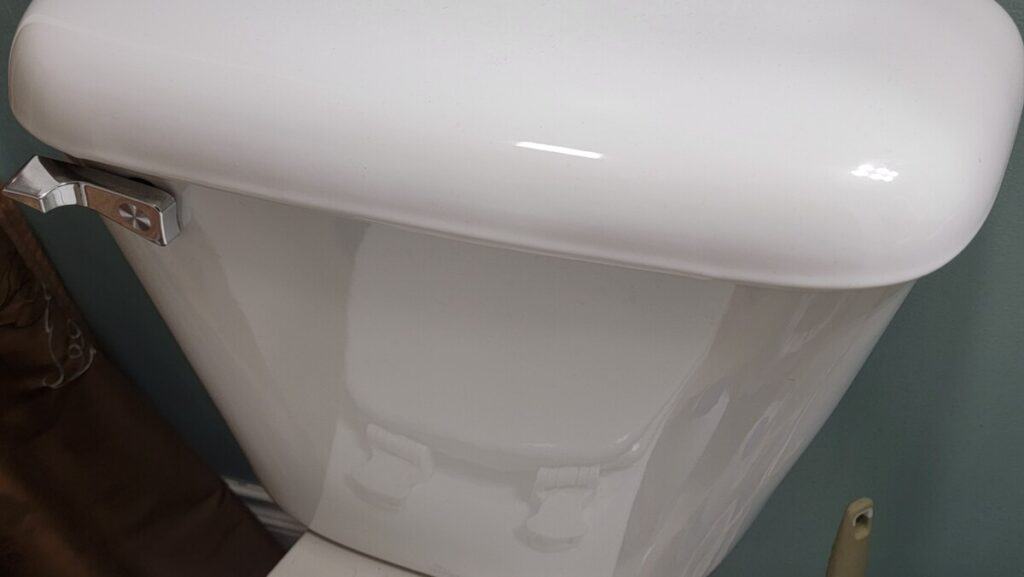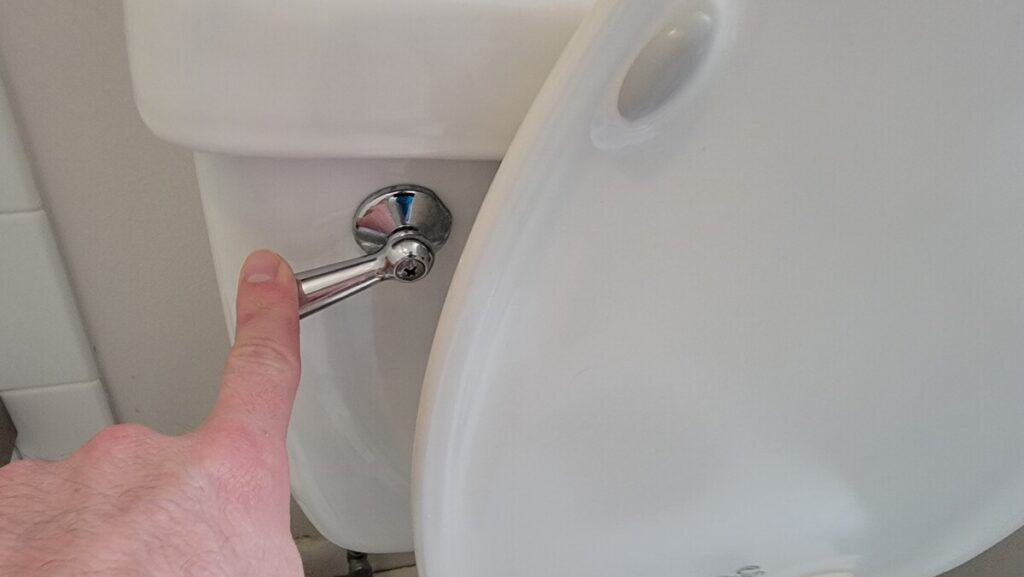Unfortunate Mishap: Flushed Tampon Down Toilet – What to Do?
In the realm of bathroom etiquette, there are certain unspoken rules we all tend to follow. But what happens when convenience clashes with these rules? One such instance is the seemingly innocuous act of flushing a tampon down the toilet. It’s quick, it’s easy, and it’s discreet. But what if I told you that this simple act could set off a chain reaction of plumbing pandemonium?
This comprehensive guide takes you on a journey down the drain, exploring the aftermath of flushing a tampon. From the moment it leaves your toilet bowl to the potential havoc it wreaks in the sewer system, you’ll discover why this common practice is a plumbing faux pas.
We’ll delve into the signs of a tampon-induced clog, and arm you with the know-how to tackle it head-on. But what about chemical solutions? We’ll discuss why they might not be the quick fix you’re hoping for.
So, before you consider sending that tampon on a one-way trip down the toilet, take a moment to understand the potential consequences. Your plumbing, your wallet, and your local sewer system will thank you!
What Happens When You Flush a Tampon Down the Toilet?
Flushing a tampon down the toilet may seem like a convenient way to dispose of it, but it can lead to some serious consequences for your plumbing system. Let’s take a closer look at what happens when you make this unfortunate mistake.
When you flush a tampon down the toilet, it begins its journey through the drain and into the sewer system. As it travels through the pipes, several issues can arise.
Tampons are designed to absorb liquids, which means they can quickly become saturated with water from the flush. This absorption causes them to expand in size, making them more likely to get stuck in pipes or create blockages along the way.
In fact, they’re designed to expand up to 10x their normal size when wet!
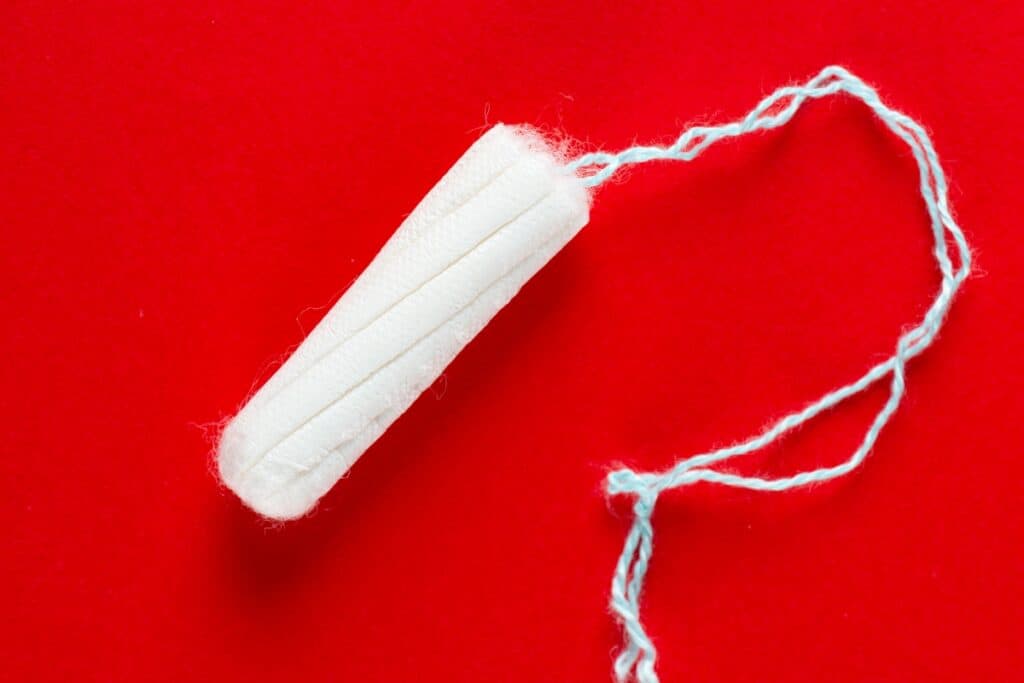
If a tampon manages to make its way past your home’s plumbing without causing an immediate clog, it will eventually reach larger sewage lines where it could cause even more problems. These larger pipes are responsible for carrying wastewater from multiple households and buildings, so any obstruction caused by a flushed tampon can lead to an overflow of sewage.
Not only is this incredibly unsanitary and unpleasant, but it can also result in costly repairs and damage to the entire sewer system. Flushing a tampon down the toilet might offer a quick solution for disposal, but it poses significant risks to your plumbing infrastructure.
From potential blockages and clogs within your own pipes to overflows in larger sewage lines, this seemingly harmless act can have far-reaching consequences. So remember: when it comes to proper tampon disposal, always stick with designated sanitary bins or follow local guidelines for safe disposal methods!
How to Identify a Tampon Clog in Your Toilet
When you accidentally flush a tampon down the toilet, it can lead to a messy situation if not addressed promptly. The first step in dealing with this issue is to identify whether or not you have a tampon clog in your toilet. There are a few telltale signs that can help you determine if a tampon is causing the blockage.
One of the most obvious signs of a tampon clog is when your toilet refuses to flush properly. You may notice that after you flush, the water level rises and then slowly drains away or doesn’t drain at all.
This can be an indication that there is something obstructing the flow, and a flushed tampon could be the culprit. Another sign to look out for is an unpleasant odor coming from your toilet.
As tampons are designed to absorb fluids, they can become saturated and begin to decompose over time. This decomposition process releases foul odors that can linger in your bathroom.
If you notice such an odor, it’s highly likely that a tampon has been flushed and is causing a clog in your plumbing system.
In addition to these signs, another indication of a tampon clog is when water starts backing up into other fixtures connected to the same plumbing line as your toilet.
For example, if you notice water bubbling up in your shower drain or sink when you flush, it suggests that there is an obstruction further down the line which could very well be caused by a flushed tampon. Identifying these signs early on will enable you to take prompt action and avoid any further damage or inconvenience caused by an overflowing toilet.
Should I Use a Plunger for a Flushed Tampon?
You might have thought that a plunger would be the go-to tool to save the day, but you’re more likely to just push it further down the line and create another clog when it get stuck in a bend in the plumping or gets caught on any other debris or a burr in the pipes.
If you’re using a municipal sewer system, you might get lucky and plunge the tampon down far enough so that it becomes the city’s problem, but if you have your own septic system then the best option is to retrieve the tampon with an auger or snake. .
Let’s discuss that next!
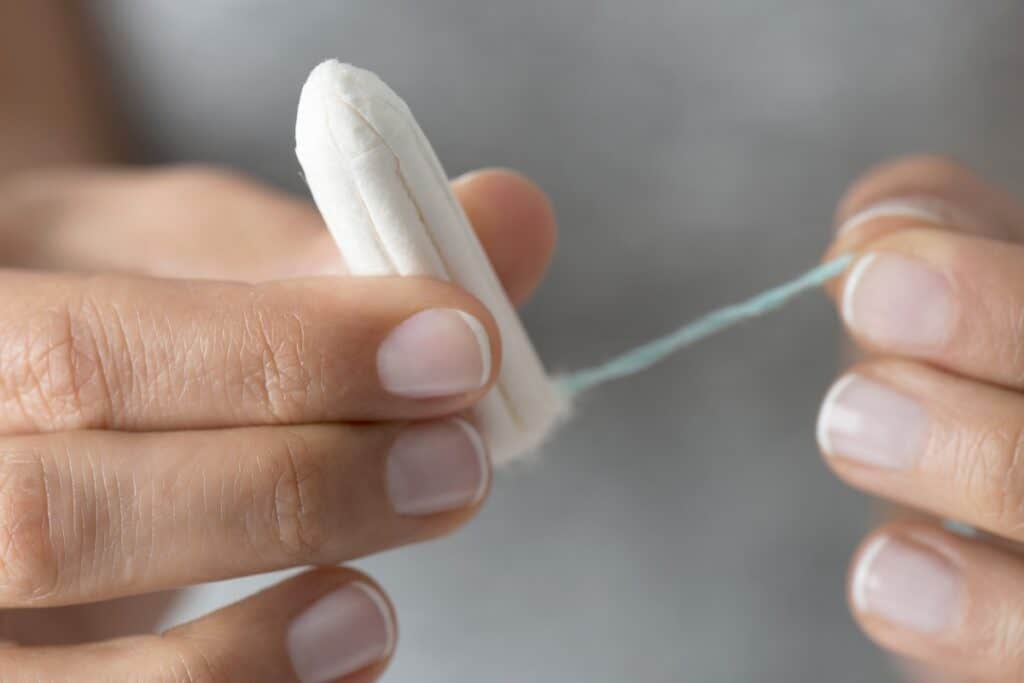
How to Use an Auger to Retrieve a Tampon
Using an auger to retrieve a tampon that has been flushed down the toilet can be an effective method to solve the problem. An auger, also known as a plumbing snake, is a long, flexible tool designed to unclog pipes. It works by inserting the end of the auger into the toilet bowl and then turning the handle to maneuver it through the pipes.
The spiral head (think of a corkscrew) of the auger helps to catch and dislodge any obstructions in its path. To begin, you’ll want to make sure you have a suitable auger for this task.
Look for one with a length that can easily reach through your toilet’s pipes. Once you have your trusty tool in hand, here’s the steps for how you can use it to retrieve that pesky tampon:
1. Prepare yourself: Before diving into this endeavor, put on some rubber gloves and lay down old towels or newspapers around the toilet area. This will protect your hands and floor from any potential mess during the process.
2. Inserting the auger: Carefully insert the end of the auger into your toilet bowl until it reaches as far as it can go without exerting excessive force. Be cautious not to scratch or damage the porcelain surface of your toilet, but if you do scratch it go ahead and click on the link to easily fix it.
3. Twisting and turning: Start turning the handle of the auger clockwise while gently pushing it deeper into the drain pipe. The spiral head will start grabbing onto any debris in its way, which includes our elusive tampon.
4. Retracting and repeating: Once you feel resistance or notice some movement in your tampon clog, slowly retract the auger while continuing to rotate it clockwise. By doing this motion repeatedly, you are allowing more chances for engagement with and removal of any remaining bits of tampon.
5. Flushing success: After several attempts at retracting and rotating with care, flush your toilet once again to check if water flows freely without any signs of obstruction. If the tampon has been successfully dislodged, congratulations!
If you don’t meet any resistance with the 6′-8′ auger, then you will want to try a longer toilet snake (25’+) to perform the same exact steps.
You can bid farewell to your plumbing woes. Remember, if you’re uncomfortable or unsure about using an auger, it’s always a good idea to consult a professional plumber who can handle the situation with expertise.
Using Chemicals to Dissolve a Tampon
Using chemicals to dissolve a tampon in your toilet may seem like a quick and easy solution to get rid of the problem, but it comes with its fair share of risks. One of the main concerns is that some chemicals can actually cause damage to your plumbing system. Harsh chemicals like sulfuric acid or drain cleaners contain corrosive agents that can eat away at the pipes, leading to leaks or even burst pipes.
This not only causes water damage in your home but also poses a threat to the structural integrity of your plumbing system. Another risk is that certain chemicals may not effectively dissolve the tampon completely, leading to a partial blockage or clog in your sewer system.
When you flush these chemicals down the toilet along with the tampon remnants, they can further accumulate and create an obstruction in the drains. The combination of chemicals and tampon material can form a thick mass that is difficult for water to pass through, resulting in potential overflow or backup into your bathroom.
Moreover, some chemicals used for dissolving tampons may contain harmful ingredients that are not environmentally friendly. These substances can end up in our water sources and have detrimental effects on aquatic life and ecosystems — not to mention the required bacterial biome in your septic tank if you have one.
While it’s essential to address the issue at hand, it’s crucial to consider the broader impact our actions may have on our surroundings. While using chemicals might seem like a convenient solution to dissolve a tampon stuck in your toilet, it brings inherent risks such as potential damage to your plumbing system and negative environmental consequences.
It’s advisable to explore alternative methods like using an auger or seeking professional assistance rather than resorting to chemical solutions that may exacerbate the problem at hand. Remember, taking care of sanitary products responsibly helps maintain both our personal comfort and our collective environment’s well-being.

Final Thoughts
It’s important to remember that accidents happen, and flushing a tampon down the toilet is a common mishap that many people experience. However, it’s crucial to address the issue promptly to avoid any potential damage to your plumbing system or the larger sewer system.
When faced with a tampon blockage in your toilet, it’s best to act quickly and employ appropriate methods for removal. Using a plunger is not recommended as you’re likely just to end up with a clog further down the line.
It is best to try using an auger or snake, which is a flexible tool designed specifically for unclogging toilets. By inserting the auger into the toilet and rotating it gently, you can attempt to retrieve the tampon and free up any blockage.
While some might be tempted to use chemicals to dissolve the tampon in their toilet, this method comes with risks. Harsh chemicals can damage your plumbing system and may not completely disintegrate the tampon, leaving behind remnants that could cause further issues down the line.
By addressing this sanitary issue promptly and utilizing appropriate methods for retrieval, you can avoid potential plumbing catastrophes like overflowing toilets or damaged pipes. Remember to dispose of used tampons properly by wrapping them in tissue paper or placing them in designated sanitary bins.
And if you ever find yourself facing this situation again, take comfort in knowing that there are simple and effective solutions available – ensuring peace of mind while maintaining a smoothly functioning bathroom environment. Remember: accidents happen but what matters is how we respond and take action when faced with challenges.
Keep calm, utilize practical solutions like plungers or augers if necessary, and always prioritize proper disposal methods for sanitary items. By doing so diligently, you’ll not only maintain a well-functioning plumbing system but also contribute towards preserving our overall sewer systems’ health and integrity.
If all else fails, don’t hesitate to call your local licensed plumber or reliable handyman to get the job done for you!


